Top 7 Tourist Destinations That Are Unvailable To Visit In 2022
While many of the world's most popular tourist destinations are expected to reopen for travelers in 2022, there are still some places that will be off-limits.
Some of these iconic spots are undergoing construction or upgrades that will make them even better when they do reopen, while others are doing the tourism equivalent of sailing off into the sunset for good.
1. Smithsonian Air and Space Museum (Washington, DC)
 |
| Photo: USA Today |
The National Air and Space Museum of the Smithsonian Institution, also called the Air and Space Museum, is a museum in Washington, D.C., US. It was established in 1946 as the National Air Museum and opened its main building on the National Mall near L'Enfant Plaza in 1976. In 2018, the museum saw approximately 6.2 million visitors, making it the fifth most visited museum in the world, and the second most visited museum in the United States. In 2020, due to long closures and a drop in foreign tourism caused by the COVID-19 pandemic, museum attendance dropped to 267,000. The museum contains the Apollo 11 Command Module Columbia, the Friendship 7 capsule which was flown by John Glenn, Charles Lindbergh's Spirit of St. Louis, the Bell X-1 which broke the sound barrier, the model of the starship Enterprise used in the science fiction television show Star Trek: The Original Series, and the Wright brothers' Wright Flyer airplane near the entrance.
The National Air and Space Museum is a center for research into the history and science of aviation and spaceflight, as well as planetary science and terrestrial geology and geophysics. Almost all space and aircraft on display are originals or the original backup craft. It operates an annex, the Steven F. Udvar-Hazy Center, at Dulles International Airport, which opened in 2003 encompassing 760,000 square feet (71,000 m2). The museum conducted restoration of its collection at the Paul E. Garber Preservation, Restoration, and Storage Facility in Suitland, Maryland as of 2014, while moving restoration and archival activities into the Mary Baker Engen Restoration Hangar at the Udvar-Hazy annex.
2. The Haiku Stairs (Oahu, Hawaii)
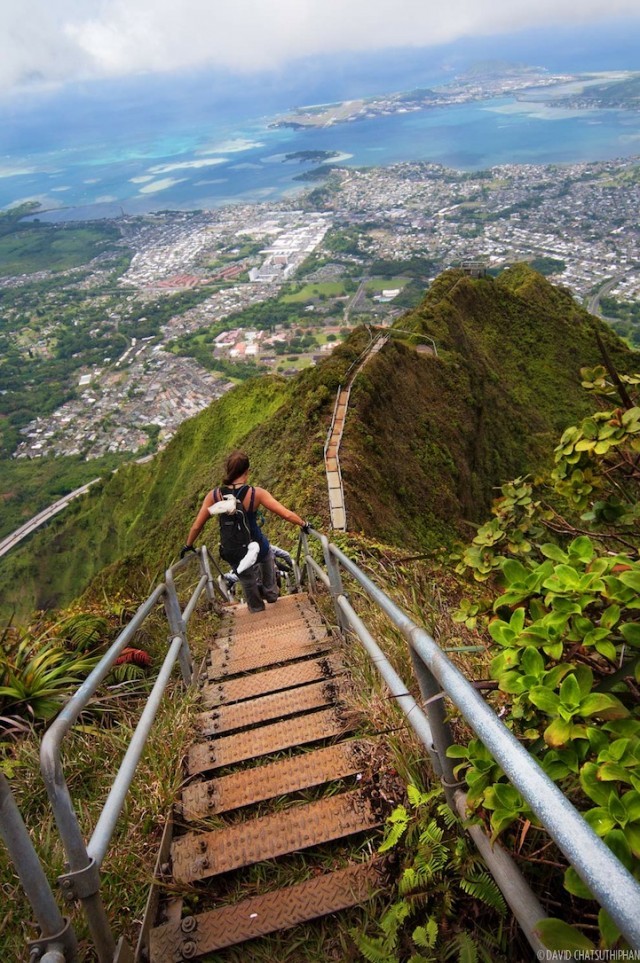 |
| Photo: Wikipedia |
Type in #stairwaytoheavehawaii on Instagram, and you will see epic pictures of adventurers smiling atop 3,922 stairs on the ridge of the Ko‘olau mountain range on Oahu. The town of Kaneohe and the H-3 Highway can be seen in the background as clouds meet the mountain peaks and hikers seems to be standing in heaven.
Many would say that this hike on Oahu, known as Stairway to Heaven or Haiku Stairs, is one of the most famous – and also most controversial – on the island.
Today, you can see remnants of wooden stairs alongside a steel staircase that reaches an altitude of almost 2,800 feet. Each section of steel stairs was constructed to be 6 feet long and 18 inches wide. Each steel section typically contains 8 steps and handrails on each side. The steel steps are anchored to the mountain with metal pins, and the average slope of each section is 30 degrees with some steep staircase sections as well.
Stairway to Heaven has been officially closed since 1987, but it has a storied history as well as a controversial present.
"Due to rampant illegal trespassing, Haiku Stairs is a significant liability and expense for the city, and impacts the quality of life for nearby residents," councilmember Esther Kiaʻāina told CNN affiliate Hawaii News Now. Kiaʻāina, whose district includes Kaneohe, authored Resolution 21-154, the proposal to remove the stairs.
"The city has already spent nearly $1 million in taxpayer dollars to remodel the stairs and hundreds of thousands of dollars in security costs," council member Brandon Elefante told Hawaii News Now.
3. One Liberty Observation Deck (Philadelphia)
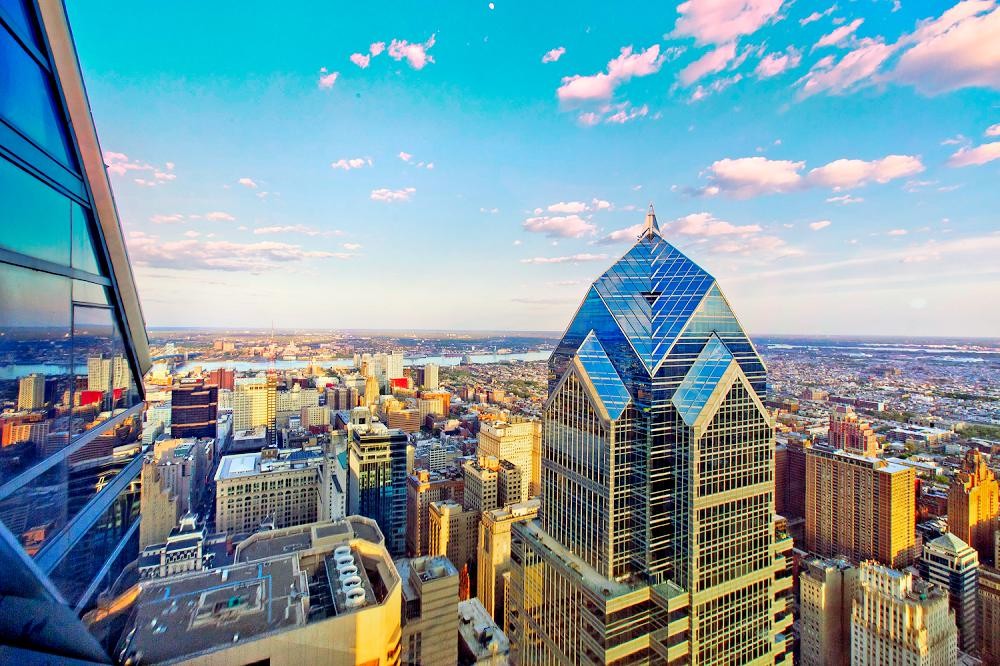 |
| Photo: Trip |
One Liberty Observation Deck, which opened in November 2015, provides Philadelphia with panoramic bird’s-eye views of the city from the 57th floor of One Liberty Place in downtown Philadelphia.
Operated by Montparnasse 56 (or M56) — a Paris-based company that manages observation decks in the John Hancock Tower in Chicago and the Montparnasse 56 Tower in Paris — the observatory on the 57th floor of One Liberty Place in downtown Philadelphia supplies the chance to score 360-degree views of the cityscape, interact with innovative technology and check out Philly-centric art installations.
Currently the tallest standing attraction within Philadelphia, One Liberty Place makes an ideal locale for this key new urban attraction.
There are currently only a few spots around town that offer any comparable bird’s-eye view of Philadelphia, including the City Hall Tower Observation Deck, R2L and Nineteen.
One Liberty Observation Deck, though, is the first attraction that’s both super accessible and devoted solely to viewing “Philly From The Top.”
The attraction consists of three levels — the ground floor entry, a second-floor ticketing lobby and the 57th-floor observatory.
The observatory offers 360-degree views of Center City and well beyond, with opportunities to view the cityscape in every direction.
In addition to panoramic views, each floor includes interactive experiences and installations including a towering Benjamin Franklin sculpture, Philadelphia-focused listening stations and six multi-lingual touch screens that allow visitors to zoom in on a single point hundreds of feet below.
4. Stalheimskleiva Trail (Vestland, Norway)
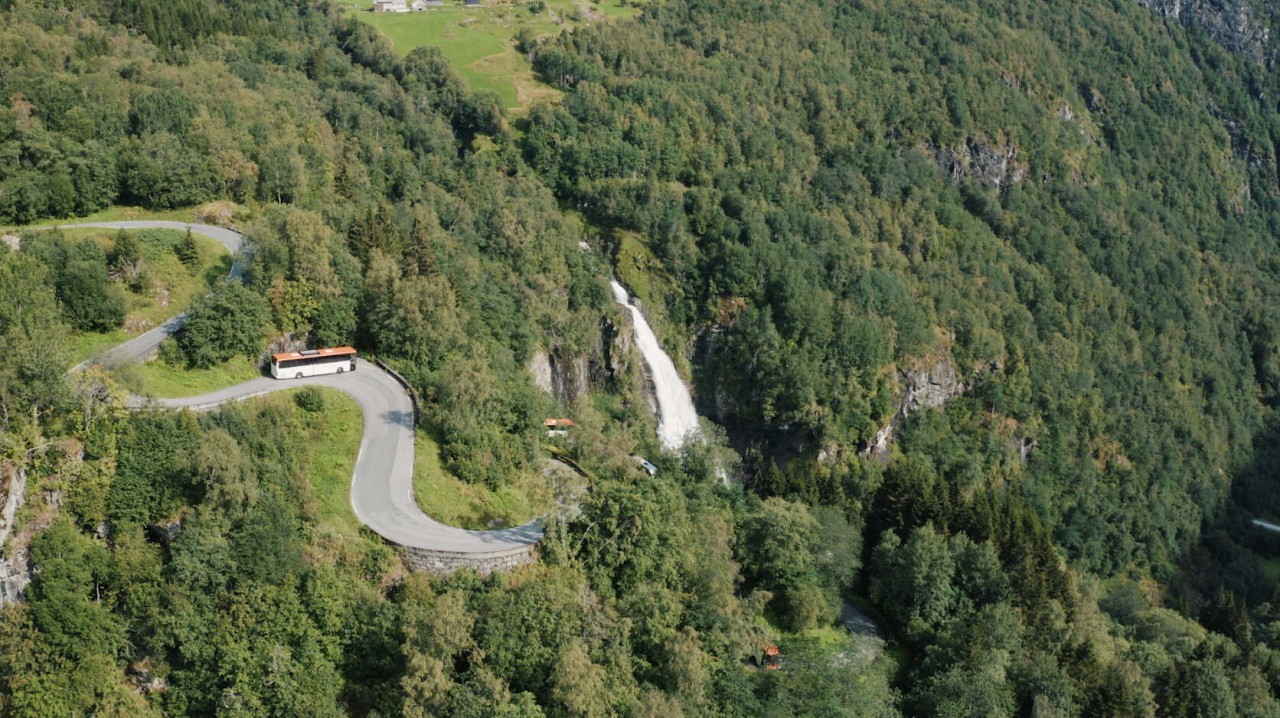 |
| Photo: Roads To Drive |
One of the steepest roads in Scandinavia, the Stalheimskleiva Trail connects two picturesque waterfalls in the UNESCO World Heritage-listed Nærøydalen Valley.
The road, which is also known for its hairpin turns, is undergoing much-needed maintenance work in 2022. There isn't a confirmed re-opening date at present.
Plan B: There is no shortage of beautiful outdoor spots in Norway. Try the "Nordic beach islands" of Lofoten or the remote northern island of Fleinvær to stay in wooden cabins surrounded by unspoiled nature.
5. Marble Arch Mound (London)
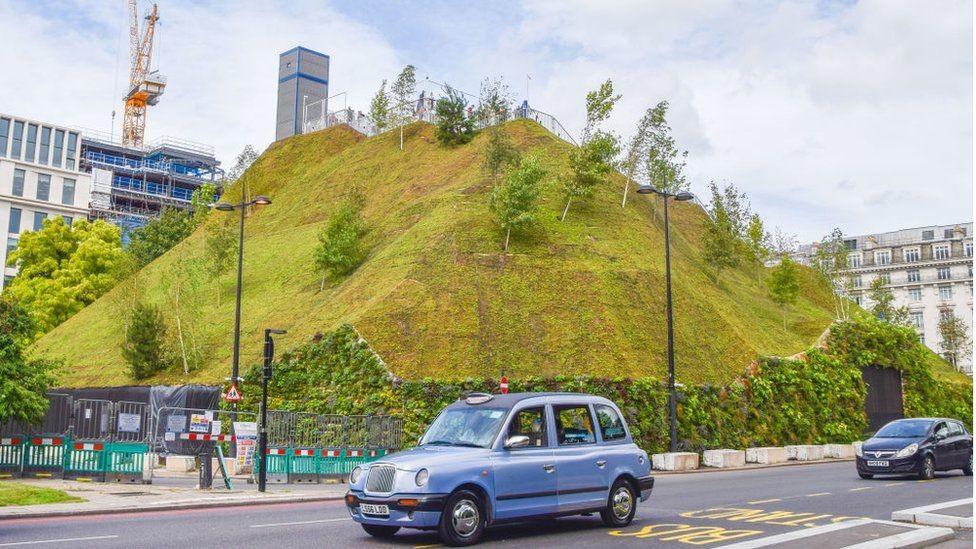 |
| Photo: BBC |
The Marble Arch Mound or Marble Arch Hill is a temporary, 25-metre-high (82 ft) artificial hill located next to Marble Arch in London, England. It has a viewing platform on the summit and an events space inside. The hill opened to the public on 26 July 2021, with a charge, but shortly afterwards it was briefly closed after complaints from the first visitors. It re-opened in August without an entrance fee. It is expected to remain on site until 9 January 2022, after which it will be dismantled.
The hill is located in the north-east corner of Hyde Park, close to Marble Arch, at the western end of London's Oxford Street. The 25-metre (82 ft) high hill is built from scaffolding covered with sedum turf and a number of trees, with 130 steps up (or a lift) to a viewing platform at the top and an events space inside. Visitors can only walk on specified walkways and metal steps, and it has a capacity of 1,000 visitors per day, with a limit of 25 at a time. At the time of the planning application, a total of 200,000 visitors were expected. It also has a shop and cafe, with an exhibition titled "Lightfield" by W1 Curates and Anthony James.
The project was commissioned by Westminster City Council, hoping to boost domestic tourism; to help speed up the return of shoppers to Oxford Street after the COVID-19 pandemic lockdown ended; and to offer views across central London, including Battersea Power Station and Canary Wharf.
The mound was designed by the Rotterdam-based architectural firm MVRDV. MVRDV's original plan was to cover the Marble Arch itself, but this was rejected by conservation experts who were concerned that six months of darkness might weaken the mortar joints and so a corner was removed from the hill to avoid covering the monument. Shrinking the hill also required a change from covering the hill with soil, to using the lighter sedum turf.
6. The Yellow Pumpkin (Naoshima Island, Japan)
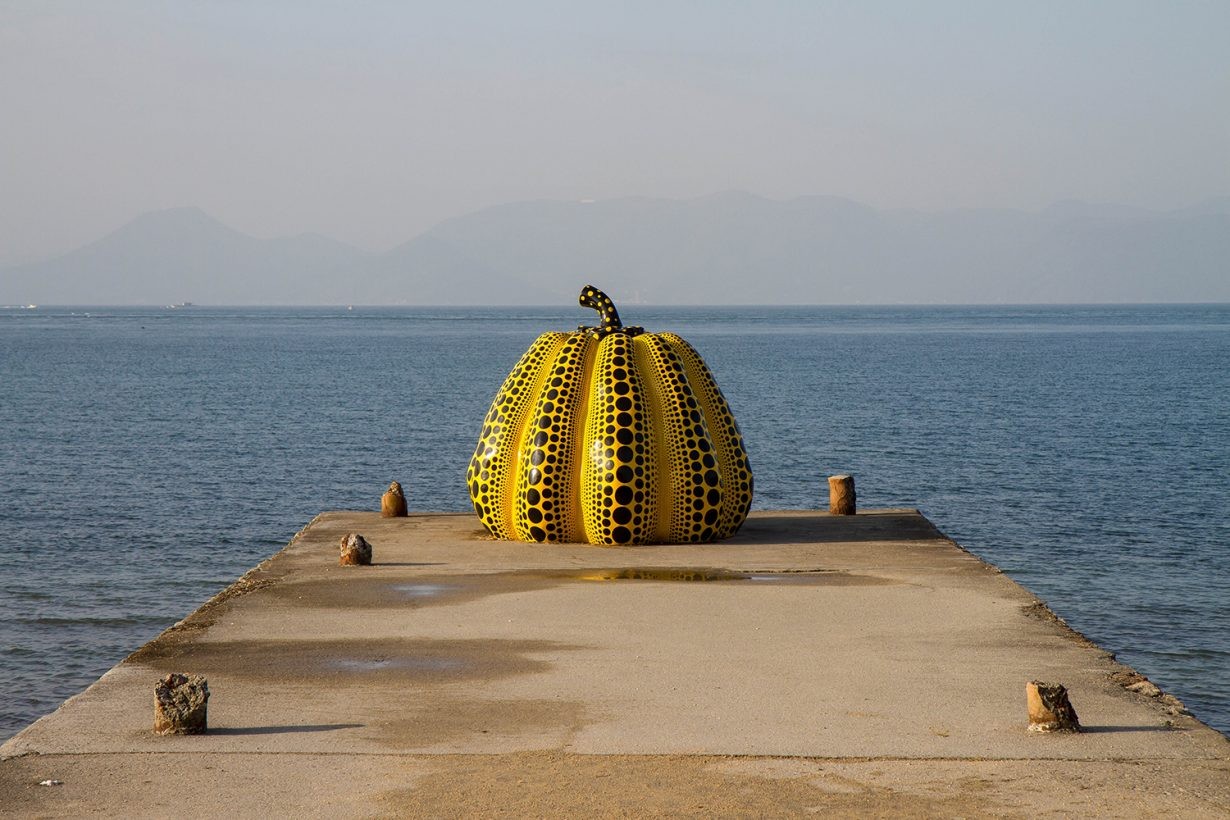 |
| Photo: ArtReview |
Japanese artist Yayoi Kusama's iconic, polka-dotted yellow pumpkin sculpture on the island of Naoshima was dislodged Monday due to strong winds and high tide from a typhoon, and has been removed for restoration, the art exhibit confirmed.
Typhoon Lupit made landfall Sunday night in Southwestern Japan, where Naoshima is located, bringing heavy rain and stormy winds throughout Monday.
Videos surfaced on social media of Kusama's "Pumpkin" swept away from the pier, flipped over and tumbling on the shore as waves tossed it around.
Benesse Art Site, the exhibit that houses "Pumpkin," confirmed on Monday afternoon in a tweet that the sculpture was damaged by the typhoon and was removed so that it can be restored. The exhibit said it would make an announcement once the artwork is on display again.
The "Pumpkin" located on the tip of the pier in Naoshima remains one of the most recognised images of the island, with its vibrant yellow and black polka dots juxtaposed with the bright blue water in the background.
Since it was installed in 1994, the "Pumpkin" has become an iconic staple of the Benesse Art Site of Naoshima, also known as Japan's art island known for its modern art museums and architecture, and displays of modern sculpture and installations around the island. The sculpture is about two metres tall and just under 2.5 metres wide. It was one of the largest pumpkins that Kusama, known for her colourful shapes and patterns, had made at the time, and was her first open-air sculpture, according to the Benesse Art Site Naoshima.
7. The Peak Tram (Hong Kong)
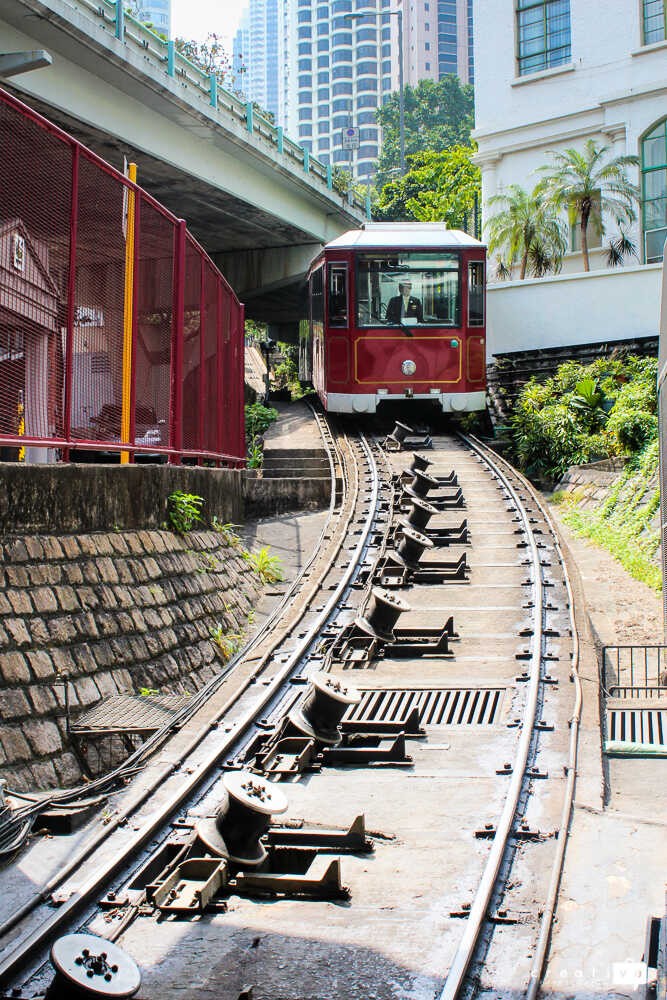 |
| Photo: Creative Travel Guide |
The Peak Tram is a funicular railway in Hong Kong, which carries both tourists and residents to the upper levels of Hong Kong Island. Running from Garden Road Admiralty to Victoria Peak via the Mid-Levels, it provides the most direct route and offers good views over the harbour and skyscrapers of Hong Kong. Operated since 1888, it was the first funicular railway in Asia.
The Peak Tram is owned and operated by Hongkong and Shanghai Hotels (HSH), the owner of Hong Kong's Peninsula Hotel along with other properties. The line, along with HSH's Peak Tower leisure complex at the line's summit, is promoted using the brand The Peak.
The Peak is currently being upgraded to have longer cars and wider platforms. Since 22 July 2019, the funicular railway has been reopened for service, using a temporary platform for Garden Road. In the absence of tram service, the New World First Bus non-stop route X15 may be operated between Admiralty and the Peak in addition to the regular bus and minibus services, and other temporary traffic measures may be taken.
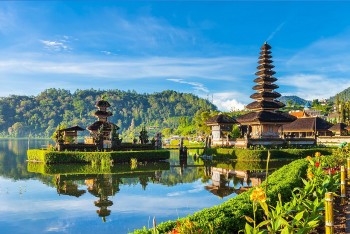 | Visit Charming Bali – The Tourist Heaven Of Indonesia Bali is a precious gem of Indonesia and is also a tourist destination. The place attracts many people from around the world for its natural ... |
 | Best Tourist Destinations To Visit Post Covid-19 Pandemic In Vietnam If you are looking for a relaxing trip after the Covid-19 pandemic ends, consider Vietnam as one of the perfect destinations on your traveling bucket ... |
 | 6 Best Tourist Destinations Trending On Tiktok, Including Vietnam Tiktok has revealed a list of best tourist destinations that are currently trending, with Vietnam being rated among the top trending places with 107 million ... |
Recommended
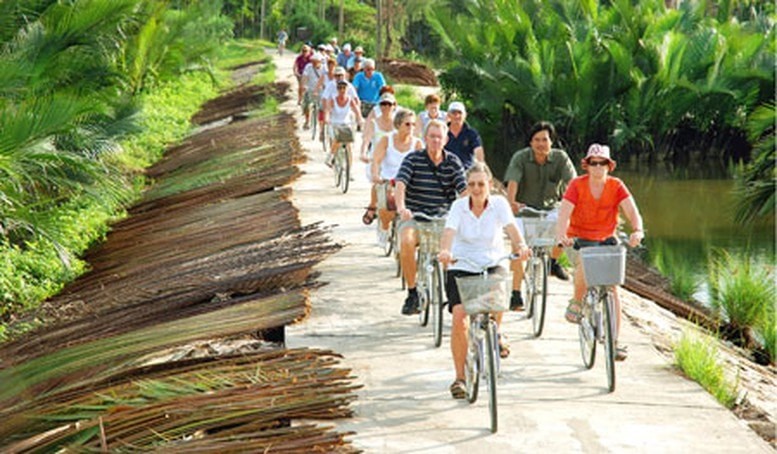 Travel
Travel
Vietnam Tourism Sets New Record with Over 19 Million International Arrivals
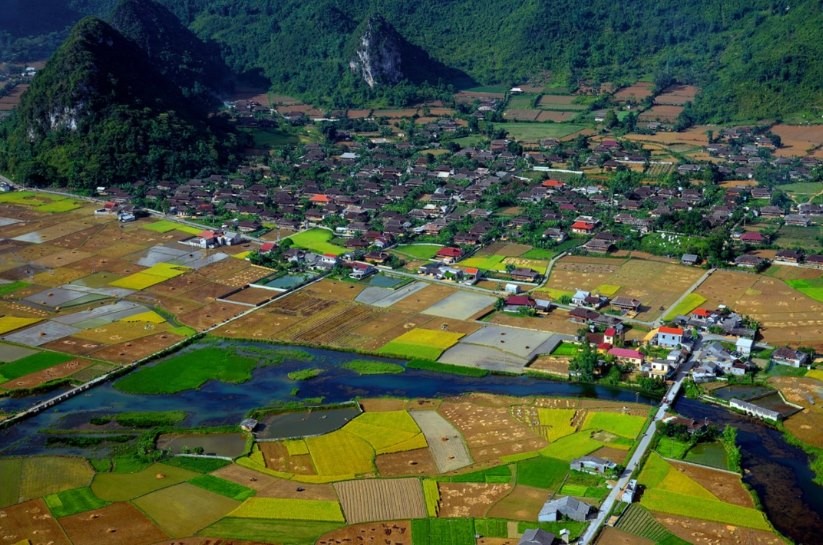 Travel
Travel
GMS International Conference with Focus on Sustainable Tourism Development
 Travel
Travel
International Visitors in South Africa Experience Vietnamese Cuisine
 Travel
Travel
Visitors to Explore Ancient Conifer Forest at Phong Nha-Ke Bang for First Time
Popular article
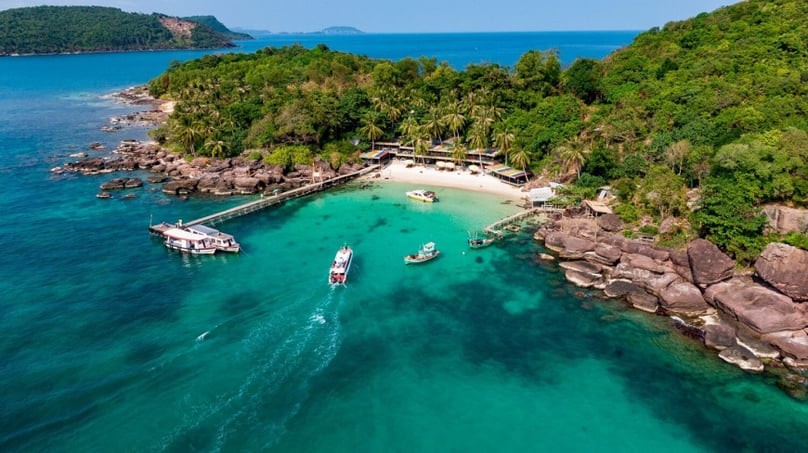 Travel
Travel
Phu Quoc - Top Choice for Eastern European Tourists Visiting Vietnam
 Travel
Travel
“Vietnam Pho Festival 2025” Kicks Off in Singapore
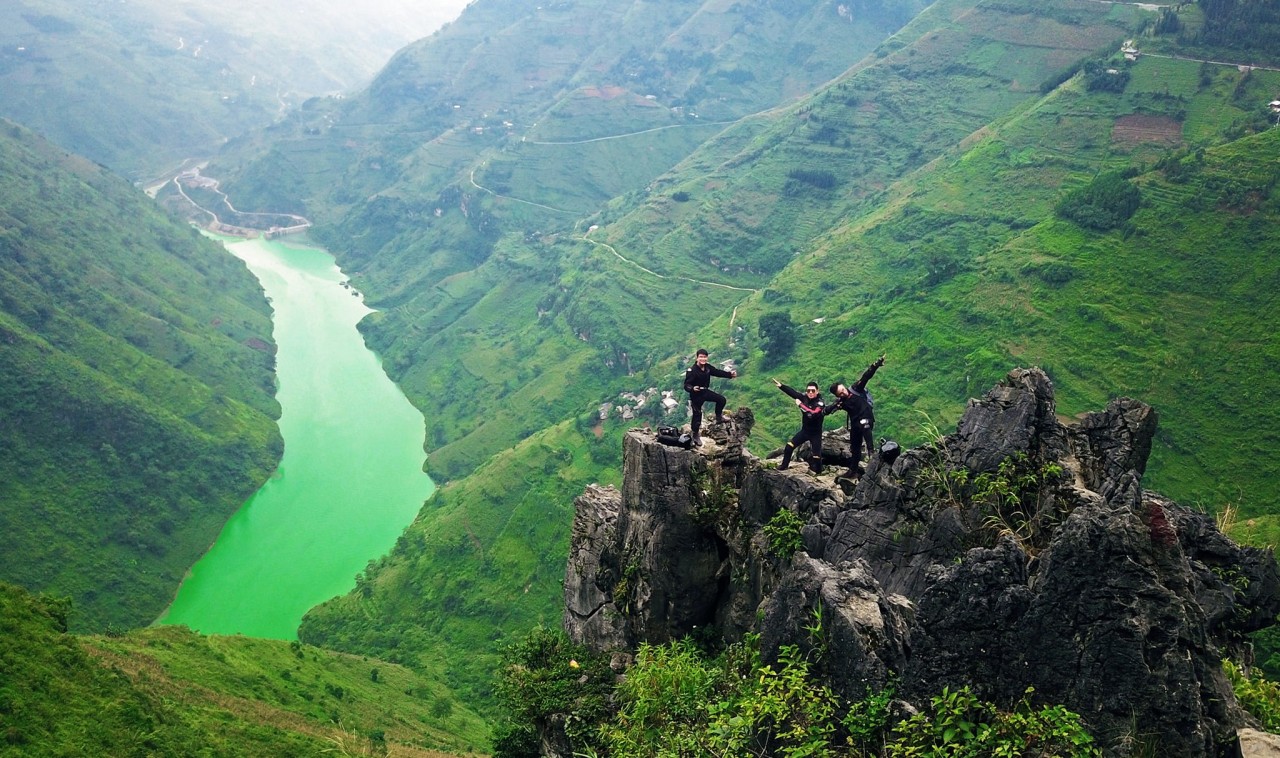 Travel
Travel
Vietnam Shines with Dual Wins at the 2025 Readers’ Choice Awards
 Travel
Travel







